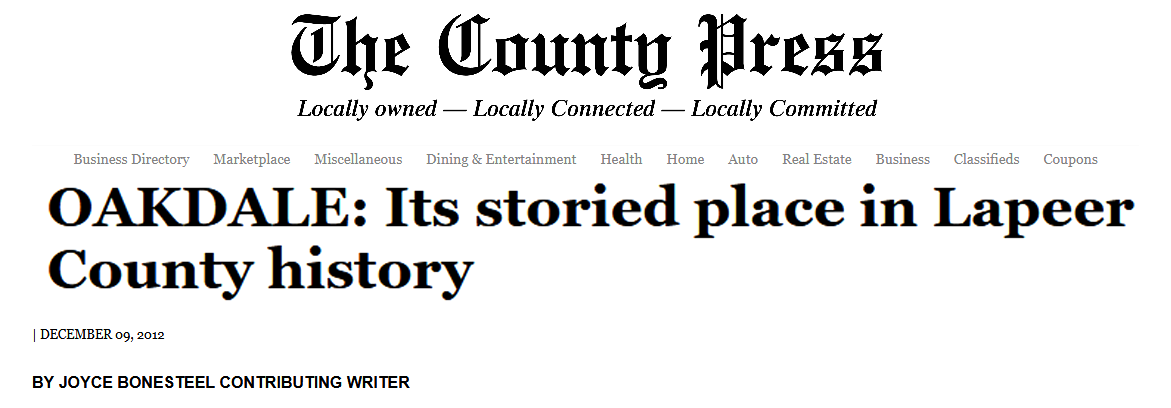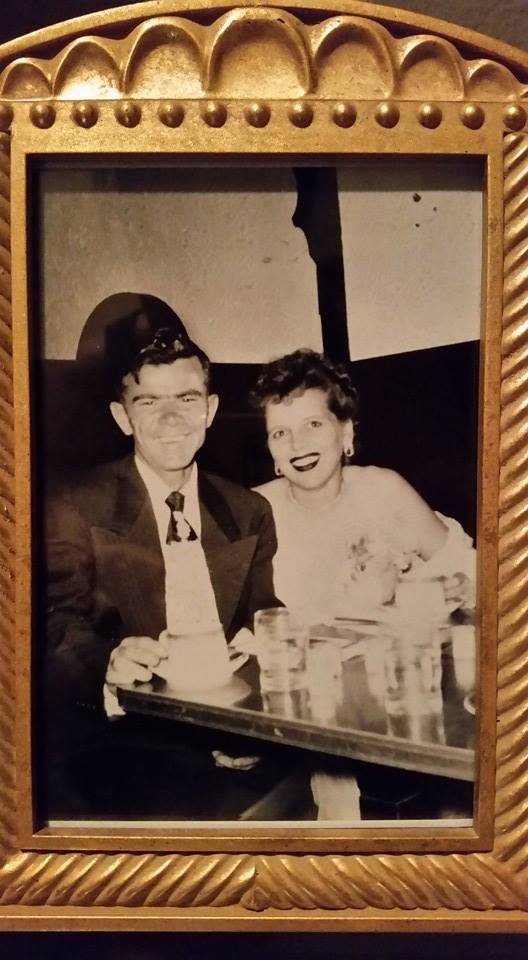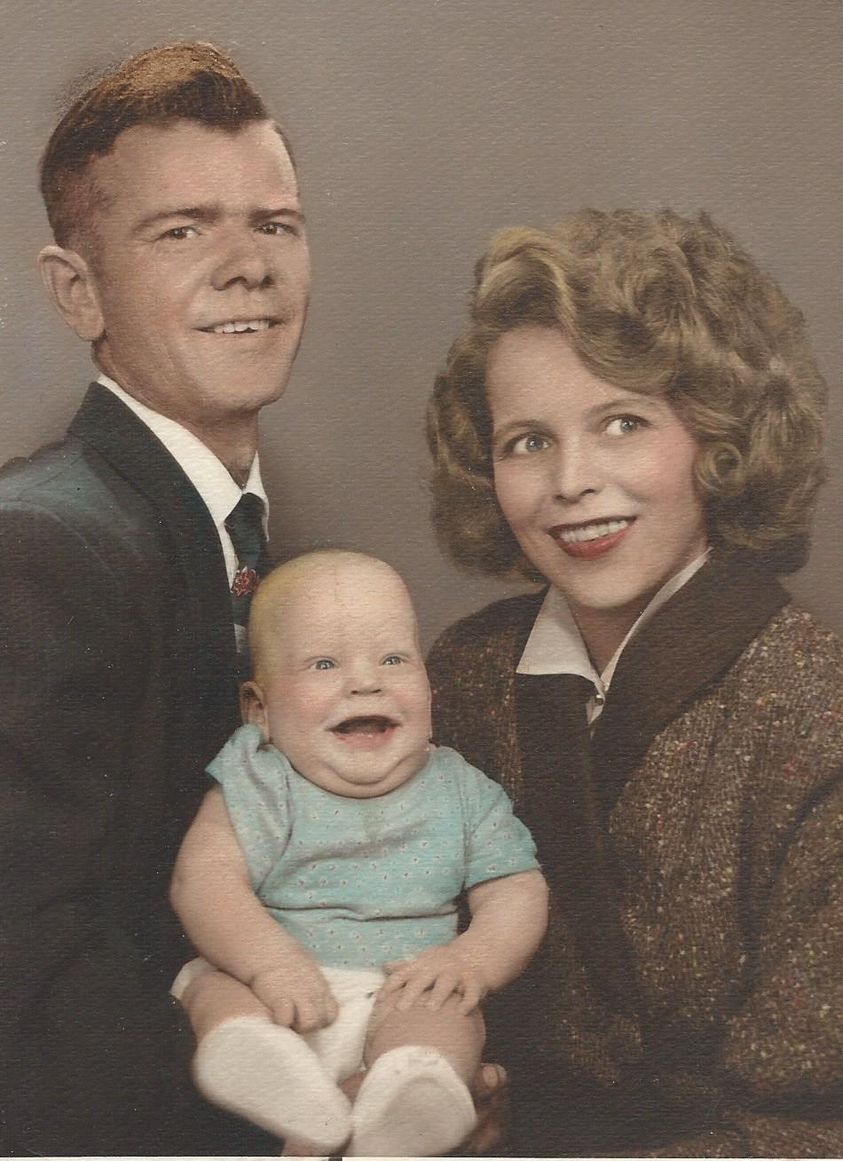HISTORY – WHERE THIS MESS STARTED
Eugenic Sterilization Laws of Virginia
While some eugenicists privately supported practices such as euthanasia or even genocide, legally-mandated sterilization was the most radical policy supported by the American eugenics movement. A number of American physicians performed sterilizations even before the surgery was legally approved, though no reliable accounting of the practice exists prior to passage of sterilization laws. Indiana enacted the first law allowing sterilization on eugenic grounds in 1907, with Connecticut following soon after. Despite these early statutes, sterilization did not gain widespread popular approval until the late 1920s.
Advocacy in favor of sterilization was one of Harry Laughlin’s first major projects at the Eugenics Record Office. In 1914, he published a Model Eugenical Sterilization Law that proposed to authorize sterilization of the “socially inadequate” – people supported in institutions or “maintained wholly or in part by public expense. The law encompassed the “feebleminded, insane, criminalistic, epileptic, inebriate, diseased, blind, deaf; deformed; and dependent” – including “orphans, ne’er-do-wells, tramps, the homeless and paupers.” By the time the Model Law was published in 1914, twelve states had enacted sterilization laws.
Image Archive on the American Eugenics Movement
Dolan DNA Learning Center
Cold Spring Harbor LaboratoryEugenic Sterilization Laws
While some eugenicists privately supported practices such as euthanasia or even genocide, legally-mandated sterilization was the most radical policy supported by the American eugenics movement. A number of American physicians performed sterilizations even before the surgery was legally approved, though no reliable accounting of the practice exists prior to passage of sterilization laws. Indiana enacted the first law allowing sterilization on eugenic grounds in 1907, with Connecticut following soon after. Despite these early statutes, sterilization did not gain widespread popular approval until the late 1920s.
Advocacy in favor of sterilization was one of Harry Laughlin’s first major projects at the Eugenics Record Office. In 1914, he published a Model Eugenical Sterilization Law that proposed to authorize sterilization of the “socially inadequate” – people supported in institutions or “maintained wholly or in part by public expense. The law encompassed the “feebleminded, insane, criminalistic, epileptic, inebriate, diseased, blind, deaf; deformed; and dependent” – including “orphans, ne’er-do-wells, tramps, the homeless and paupers.” By the time the Model Law was published in 1914, twelve states had enacted sterilization laws.
By 1924, approximately 3,000 people had been involuntarily sterilized in America; the vast majority (2,500) in California. That year Virginia passed a Eugenical Sterilization Act based on Laughlin’s Model Law. It was adopted as part of a cost-saving strategy to relieve the tax burden in a state where public facilities for the “insane” and “feebleminded” had experienced rapid growth. The law was also written to protect physicians who performed sterilizing operations from malpractice lawsuits. Virginia’s law asserted that “heredity plays an important part in the transmission of insanity, idiocy, imbecility, epilepsy and crime…” It focused on “defective persons” whose reproduction represented “a menace to society.”
Carrie Buck, a seventeen-year-old girl from Charlottesville, Virginia, was picked as the first person to be sterilized. Carrie had a child, but was not married. Her mother Emma was already a resident at an asylum, the Virginia Colony for the Epileptic and the Feebleminded. Officials at the Virginia Colony said that Carrie and her mother shared the hereditary traits of “feeblemindedness” and sexually promiscuity. To those who believed that such traits were genetically transmitted, Carrie fit the law’s description as a “probable potential parent of socially inadequate offspring.” A legal challenge was arranged on Carrie’s behalf to test the constitutional validity of the law.
At her trial, several witnesses offered evidence of Carrie’s inherited “defects” and those of her mother Emma. Colony Superintendent Dr. Albert Priddy testified that Emma Buck had “a record of immorality, prostitution, untruthfulness and syphilis.” His opinion of the Buck family more generally was: “These people belong to the shiftless, ignorant, and worthless class of anti-social whites of the South.” Although Harry Laughlin never met Carrie, he sent a written deposition echoing Priddy’s conclusions about Carrie’s “feeblemind-edness” and “moral delinquency.”
Sociologist Arthur Estabrook, of the Eugenics Record Office, traveled to Virginia to testify against Carrie. He and a Red Cross nurse examined Carrie’s baby Vivian and concluded that she was “below average” and “not quite normal.” Relying on these comments, the judge concluded that Carrie should be sterilized to prevent the birth of other “defective” children.
The decision was appealed to United States Supreme Court. Justice Oliver Wendell Holmes Jr., himself a student of eugenics, wrote the formal opinion for the Court in the case of Buck v. Bell (1927). His opinion repeated the “facts” in Carrie’s case, concluding that a “deficient” mother, daughter, and granddaughter justified the need for sterilization. The decision includes the now infamous words: It is better for all the world, if instead of waiting to execute degenerate offspring for crime or to let them starve for their imbecility, society can prevent those who are manifestly unfit from continuing their kind…Three generations of imbeciles are enough.
Recent scholarship has shown that Carrie Buck’s sterilization was based on a false “diagnosis” and her defense lawyer conspired with the lawyer for the Virginia Colony to guarantee that the sterilization law would be upheld in court. Carrie’s illegitimate child was not the result of promiscuity; she had been raped by a relative of her foster parents. School records also prove that Vivian was not “feebleminded.” Her 1st grade report card showed that Vivian was a solid “B” student, received an “A” in deportment, and had been on the honor roll.
Nevertheless, Buck v. Bell supplied a precedent for the eventual sterilization of approximately 8,300 Virginians. Borrowing from Laughlin’s Model Law, the German Nazi government adopted a law in 1933 that provided the legal basis for sterilizing more than 350,000 people. Laughlin proudly published a translation of the German Law for the Prevention of Defective Progeny in The Eugenical News. In 1936, Laughlin was awarded an honorary degree from the University of Heidelberg as a tribute for his work in “the science of racial cleansing.”
The second Supreme Court case generated by the eugenics movement tested a 1935 Oklahoma law that prescribed involuntary sexual sterilization for repeat criminals. Jack Skinner was chosen to test the law’s constitutionality. He was a three-time felon, guilty of stealing chickens at age nineteen, and convicted twice in later years for armed robbery. By the time his case was struck down by the U.S. Supreme Court, in 1942 some 13 states had laws specifically permitting sterilization of criminals.
The opinion striking down the sterilization law in the case of Skinner v. Oklahoma (1942) was written by Justice William O. Douglas. He highlighted the inequity of Oklahoma’s law by noting that a three-time chicken thief could be sterilized while a three-time embezzler could not. Said Douglas: “We have not the slightest basis for inferring that … the inheritability of criminal traits follows the neat legal distinctions which the law has marked between those two offenses.”
Despite the Skinner case, sterilization of people in institutions for the mentally ill and mentally retarded continued through the mid-1970’s. At one time or another, 33 states had statutes under which more than 60,000 Americans endured involuntary sterilization. The Buck v. Bell precedent allowing sterilization of the so-called “feebleminded” has never been overruled.
Original Source: http://www.eugenicsarchive.org/html/eugenics/essay8text.html




